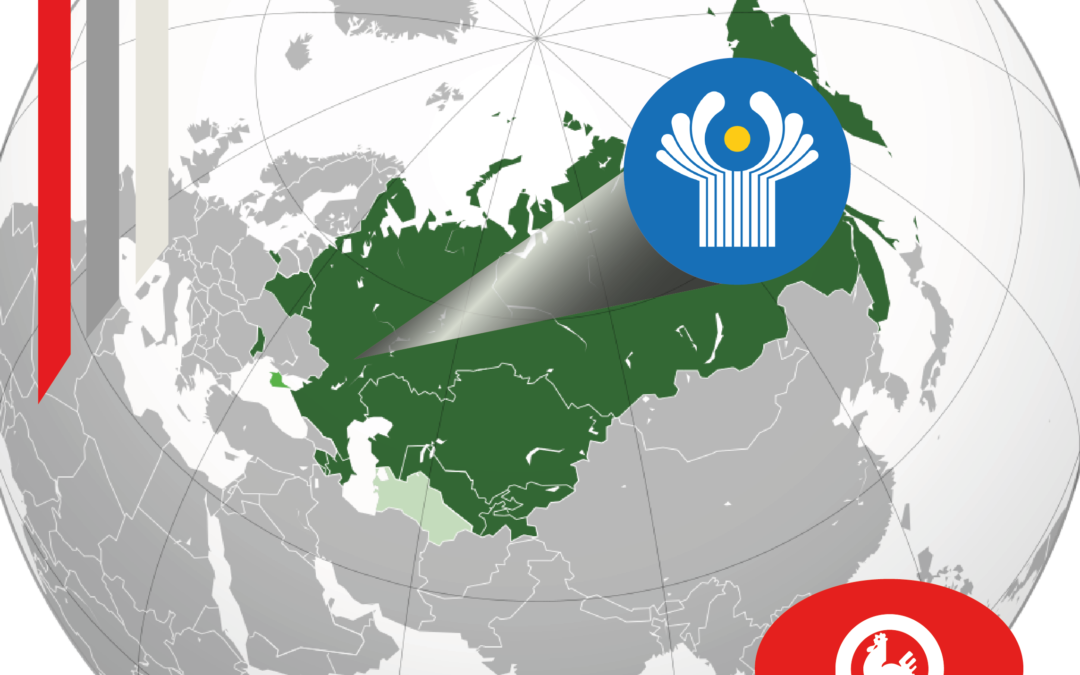Speaking about summing up the results of the first half of 2023 in the poultry market of the former CIS countries, it’s almost impossible to combine them into a single strategy and compare success indicators.
The political situation, sanctions and existing state support measures, credit resources, unfair competition – all these factors are now actively influencing the economies of countries, including the poultry sector.
However, even taking into account the severe consequences of the pandemic and the military situation, the poultry industry is experiencing positive dynamics in almost all indicators, and the pace of quantitative and qualitative development is rapidly increasing.
For example, in Kazakhstan, as ElDala.kz reports with reference to the press service of the Ministry of Agriculture, in the first half of the year the volume of gross agricultural output increased by 3.2%, the growth was achieved mainly due to an increase of 3.3% in the volume of livestock production. Since the beginning of the year, there has been an increase in the number of poultry, which increased by 1.2% to 49.9 million heads.
According to the Association of Egg Producers, poultry farms produced eggs by 7.8% more than the same period a year earlier.
Today the industrial poultry farming is represented by 56 operating poultry farms, of which 38 are egg-producing enterprises, and 29 produce broiler meat. New poultry farms are also being built in the regions, capacities are being expanded and modernized, and starting next year it’s planned to launch a number of investment projects and preferential financing, which will make it possible to fully supply the domestic market of Kazakhstan in two-three years.
In parallel with successful indicators, producers note an increase in the cost of projects and payback periods, which reduces the investment attractiveness of the poultry farming industry. Additional factors, such as weak protection of the domestic market from unfair competition, an unreduced quota for the import of poultry meat and insufficient funds for state support, began to negatively affect the competitiveness of domestic products and their costs.
Positive dynamics in the development of poultry farming is also observed in the Republic of Uzbekistan, where more than 1,200 poultry farms for meat and egg production are registered. Over the past few years, the industry has made a powerful leap forward, covering the domestic demand of the population by almost 98%. However, given the rate of population growth and urbanization rates, as well as the intention to expand export potential, the need for further development of the poultry industry continues to grow.
Thus, the results of the first half of 2023 predict good performance for this year as a whole. Despite the challenges, there have been tremendous successes in terms of profitability and increased productivity in both broiler and egg production. The poultry sector is constantly undergoing modernization and fundamental reforms, thanks to which the industry continues to develop rapidly.


